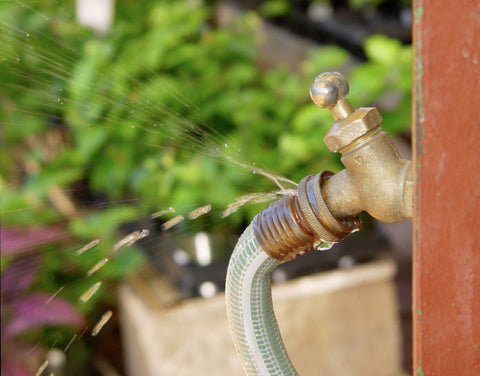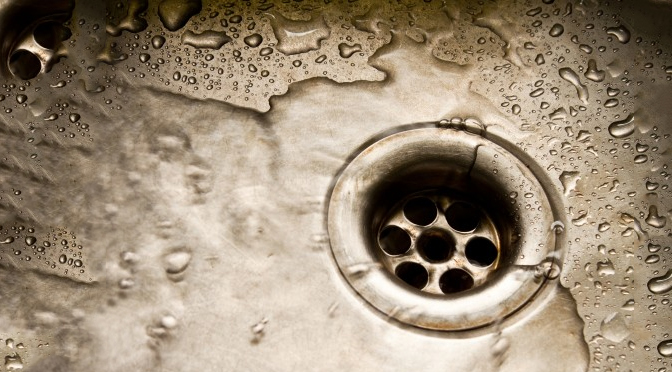Wise Winterizing Solutions: A Handful of Techniques to Prevent Pipe Bursts
Wise Winterizing Solutions: A Handful of Techniques to Prevent Pipe Bursts
Blog Article
In this article in the next paragraph yow will discover a bunch of dependable additional info about How to Prevent Frozen Pipes.

All house owners that stay in temperate environments should do their finest to winterize their pipelines. It is something you should do during fall prior to deep wintertime truly starts. Failure to do so can spell catastrophe like frozen, split, or burst pipes. If the weather condition exterior is shocking, here are some handy winterizing hacks to keep your plumbing system safeguarded also.
Attempt a Hair Dryer or Warmth Weapon
When your pipelines are practically freezing, your dependable hair dryer or heat gun is a godsend. If the warm towels do not help dislodge any type of resolving ice in your pipelines, bowling hot air straight into them may aid. You might end up destructive your pipes while attempting to melt the ice.
Open Up Cupboard Doors Hiding Plumbing
When it's chilly outside, it would be valuable to open up cupboard doors that are masking your pipelines. They might be someplace in your kitchen or shower room. This will enable the warm air from your heater to distribute there. As a result, you prevent these revealed pipelines from cold. Doing this little trick can keep your pipes warm and also limit the possibly hazardous results of freezing temperature levels.
Take Time to Cover Exposed Pipeline
One simple and also awesome hack to heat up icy pipes is to wrap them with cozy towels. You can likewise make use of pre-soaked towels in hot water, just don't forget to wear protective gloves to safeguard your hands from the warm.
Activate the Faucets
When the temperature decreases and it seems as if the freezing temperature will certainly last, it will assist to switch on your water both inside your home as well as outdoors. This will certainly keep the water flowing via your plumbing systems. Additionally, the movement will certainly reduce the cold process. Significantly, there's no need to turn it on full blast. You'll end up wasting gallons of water in this manner. Rather, go for about 5 drops per min.
Turn off Water When Pipelines are Frozen
If you notice that your pipes are totally icy or almost nearing that stage, turn off the primary water valve immediately. You will normally locate this in your cellar or utility room near the heating unit or the front wall surface closest to the street. Turn it off as soon as possible to prevent additional damages.
With even more water, even more ice will stack up, which will eventually lead to break pipelines. If you are uncertain concerning the state of your pipes this wintertime, it is best to call a professional plumber for an inspection.
All property owners who live in pleasant environments need to do their finest to winterize their pipelines. Failing to do so can spell catastrophe like frozen, broken, or ruptured pipes. If the hot towels do not aid displace any kind of settling ice in your pipes, bowling warm air straight into them may aid. Transform off the main water valve immediately if you notice that your pipelines are totally frozen or almost nearing that stage. With more water, more ice will pile up, which will at some point lead to break pipelines.
PREVENT YOUR PIPES FROM FREEZING THIS WINTER
A Leading Cause of Property Damage
When the weather is taking a deep nose dive into the cold dreary days, the risk of your pipes freezing and potentially bursting skyrockets. Unfortunately, during these cold dreary months, burst pipes are the most common denominator for property damage. The pipes that are most at the risk are those that are in areas where it is most cold in your home. For instance, pipes located in interior places such as basements, attics, and your garage. Unfortunately, that doesn’t mean that the pipes running through your cabinets or exterior walls can’t freeze. Good news, however, is that you can do things to help prevent pipes from freezing.
How to Prevent Pipes From Freezing
Once the temperature starts to drop during the winter, you should be taking the proper measures needed to ensure that your pipes stay warm and that there is circulation of water through them. Some steps that experts may recommend could go against your better judgement when it comes to saving water and heat. However, it would go without saying that when expenses are compared, damaged pipes could put a bigger dent in your wallet than a water bill.
What Can I Do?
Keep your garage door closed. This is very important, especially if you have water supply lines running through your garage. Open your kitchen and bathroom cabinets to allow warm air to circulate through them. Allow air circulation throughout your home. Keeping the interior doors open will once again allow the warm air to circulate inside your home. Ensure your thermostat is running the same temperature throughout the night and day. If you plan to be away from home during the cold months, set your temperature no lower than 55° F. This should provide enough heat to keep the pipes warm and prevent any remaining water inside the pipes from freezing. For more of a long-term solution, add insulation to attics, basement, and other crawl spaces around your home. By allowing your faucet to drip, it will alleviate pressure in the system. This is important because the pressure that is created between the blockage and the faucet can potentially cause the pipes to burst. Allowing the faucet to drip will prevent the pressure from building up, therefore keeping the pipes from bursting. Seal any cracks, openings, and crawl spaces around your home to prevent cold air from coming inside. This keeps your pipes-not to mention your home-warmer and less susceptible to issues caused by freezing temperatures. For the pipes in your home that are easily accessible, applying electrical tape to them might prevent them from freezing over. This is a quick fix, as you can apply the tape directly to the pipe. There are two options for heating tapes. One turns on and off by itself when it senses heat is needed. The other type of heating tape needs to be applied when heat is needed and removed when not necessary. If you have exposed pipes in your home, you can check this website to take a look at a few options that would be available at a shop near you.

I came across that piece of writing on Prevent Freezing and Bursting Pipes while doing a search on the internet. Make sure you take the time to share this blog post if you liked it. We thank you for reading our article about How to Prevent Frozen Pipes.
Certified solutions offered. Report this page